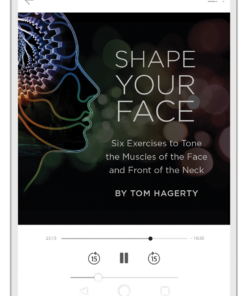Matthew Walker’s important new book Why We Sleep: Unlocking the Power of Sleep and Dreams offers readers an in-depth discussion of why we spend a third of our lives in bed. In lively and personable language, he explains all of the latest research about sleep and dreams.
Scientists at several top universities have discovered that during deep nonrapid eye movement (NREM) sleep, the brain cleans itself of metabolic debris—including beta and tau protein and other toxic stuff. This brain cleaning process, which can be compared to the workings of a sewage network, is called the glymphatic system. It’s similar to the lymphatic system, which cleans out toxic sludge from the body.
During the deepest NREM phase of sleep, this neural sanitization process is dramatically increased, perhaps ten to twenty times over the waking stat e. The cleansing is accomplished by the rush of cerebrospinal fluid that bathes the brain.
e. The cleansing is accomplished by the rush of cerebrospinal fluid that bathes the brain.
How this is done is an exciting scientific discovery. During deep sleep, glial cells in the brain shrink by nearly 60 percent. (Gial cells are part of the cell framework that holds neurons in place.) This allows the cerebrospinal fluid to clean out the build-up of toxic sludge such as beta and tau amyloid plaque, the protein tangles associated with Alzheimer’s disease.
Here’s how author Matthew Walker describes this power cleanse: “Think of the buildings of a large metropolitan city physically shrinking at night, allowing municipal cleaning crews easy access to pick up garbage strewn in the streets, followed by a good pressure-jet treatment of every nook and cranny.”
The loss of sleep because of insomnia or sleep apnea, or even the macho insistence that sleep is a waste of time, can negatively affect the cleansing of brain neurons and hasten the arrival of Alzheimer’s. Walker says in his book: “I have always found it curious that Margaret Thatcher and Ronald Reagan—two heads of state that were very vocal, if not proud about sleeping only four to five hours a night—both went on to develop the ruthless disease.” That ruthless disease is, of course, Alzheimer’s.
Like everyone else who visits the Selene River Press website, I’m interested in eating nutritious food, getting sufficient exercise, and avoiding chronic psychological stress. But healthful sleep, which should take up about a third of our lives, is important too. I’ve only touched on a few ideas from Why We Sleep in this post. I recommend the whole 350-page book to anyone interested in the latest findings in sleep research—and how to achieve deeper sleep and better dreams.
Images from iStock/gorodenkoff (main), SIphotography (post).



